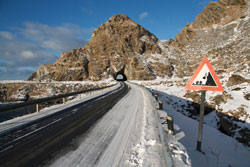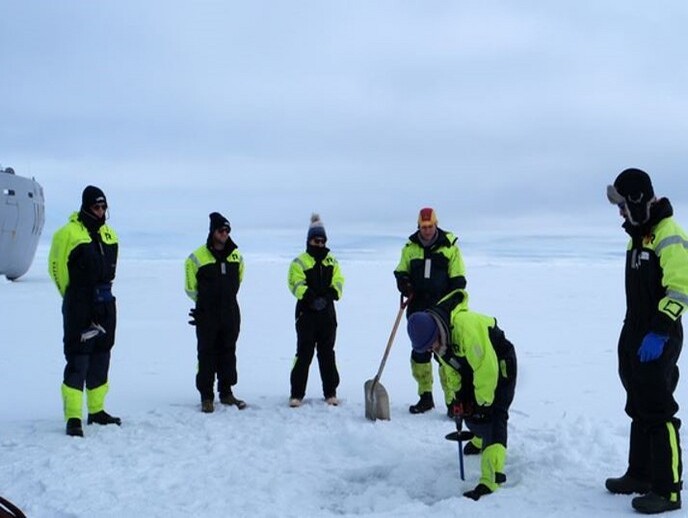Effective management of landslide hazards
A whole new field of science has recently emerged, the science of complexity, in an attempt to predict and effectively manage natural hazards like landslides. The factors that cause the soil on an inclined plane to lose its stability producing a landslide are numerous. A passing heavy truck or underwater pressure are just two examples; that is both human and natural factors can trigger the instability. In Italy, during the last decade the heavy toll of landslides climbed to as many as 263 human lives. An 'oasis' to this dark picture was provided by the current project of the same name, OASYS. Project partners have integrated multidisciplinary methods and made substantial progress in natural hazard management. Data acquired from field practitioners can now be processed from an integrated system enabling quick and accurate risk assessment. It is obvious, even to a layman, that the key to dealing with landslides is the ability to detect and measure minute movements of the soil and changes of inclination. However, sensors with the high precision required are widely used in civil engineering. Piezo-electric accelerometers, for example, are successfully used for sensitive measurements of a structure's response to dynamic seismic loads. Static inclinometers based on mass-spring technology enable the high precision detection of changes in a building's inclination. The challenge, met successfully by project partners, was to adapt these sensors to loose material like soil and to extremely low rates of motion. The OASYS instrumentation can now be developed to integrate these sensors into geotechnical models and further investigate their properties using parametric and non-parametric calibration methods. Potentially, the results of this research constitute an effective and accurate landslide alert system.







